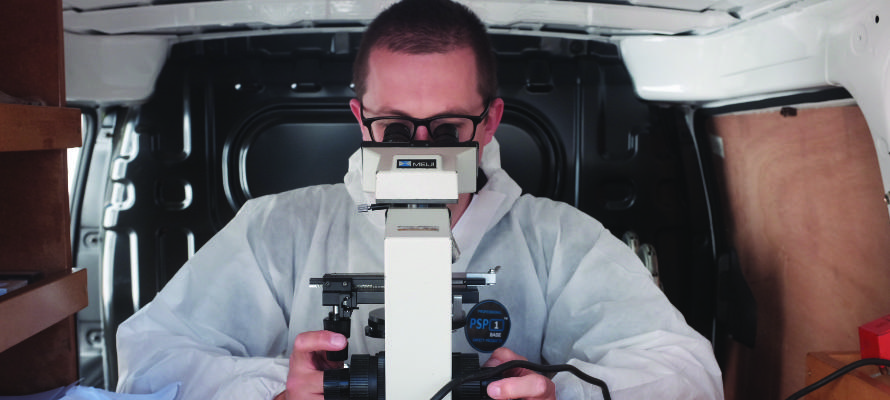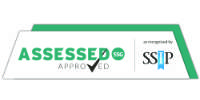Up to: < News
Updates to Asbestos Air Testing Procedures Explained
Aligning our services to the HSG248 Update.

The recent updates to ‘HSG248 Asbestos: The analysts’ guide for sampling, analysis and clearance procedures’ come into force in February 2022. The document which was first published in 2005 provides guidance for analysts involved in asbestos sampling and testing. It forms the basis of asbestos testing procedures within Great Britain.

Scientific Services is constantly evolving to enable us to meet the needs of a wide and varied client base. Our team of experts are continually monitoring the asbestos industry. We ensure that we are informed about, and in compliance with, any legislative changes.
To continue to meet this objective, we have adopted the recent update to the TEAMS asbestos management software. This will ensure that our air testing and four stage clearance procedures are compliant with the new requirements ahead of the pending deadline for changes to be implemented. Clients who use our services can be assured that their projects are both sage and legally compliant.
How do the Updates Impact our Asbestos Air Testing Services?
The revisions directly impact our air testing service provisions. Most notably, our four stage clearance tests. A four stage clearance is a requirement following a licensed asbestos removal project. This test confirms if an area is safe to reoccupy and comprises of four stages:
- An initial assessment of the site and the contractor’s paperwork.
- A detailed visual inspection of the asbestos removal area, which is known as an enclosure.
- An asbestos air test within the enclosure.
- Then, following the dismantling of the enclosure a final visual inspection is completed.
The changes have increased the information contained within our test reports:
- Our updated clearance report template will now document photographic evidence of the completion of each of the four stages referred to above.
- Analysts will be required to estimate and confirm the expected visual inspection duration, ahead of completing the visual inspection itself. This information will now be included within our test reports.
- Our report template has been updated so that it will confirm the receipt of a handover form from the licensed contractor. This form will provide confirmation that the asbestos removal contractor has inspected the enclosure, that it is ready for clearance and safe for the analyst to enter.
The changes have also imposed additional auditing requirements:
- Each P403 & P404 qualified asbestos analyst will require 4 competency audits per year.
- Approximately 5% of our four stage clearances will need to be checked by another, authorised analyst. This check will comprise of an independent reinspection of the clearance, alongside, or immediately following the original analyst’s signoff.
- There is a requirement to complete a desktop review of at least 5% of our completed four stage clearance certificates for reoccupation. These checks can take place following the issue of our test reports to clients.
Our Commitment to Accurate, Efficient Testing
The new four stage clearance report templates have been rigorously tested and our analysts have received thorough training in using the updated reporting system. Our clients can be assured that the changes will not affect our efficiency on site.
As a consultancy, we focus on delivering accurate test results. This is evidenced by our performance in the Regular Interlaboratory Counting Scheme (RICE). RICE assesses the proficiency of laboratories counting asbestos fibres in air. We have consistently held a ‘Good’ rating (the best possible score) since 2007. To view our latest certificate, please click here.
Our robust quality system has always placed a strong emphasis on the importance of audits to ensure that we continue to deliver accurate asbestos test results. We have regularly completed drop in audits since the launch of our air testing and four stage clearance provisions. Going forward, we will aim to complete any reinspections alongside the initial assessment, as we always have done. It is hoped that this will prevent any delays on site. Taking these factors into consideration, our clients shouldn’t notice any changes to our audit programme.
To find out more about the updates to HSG248, please click here.



